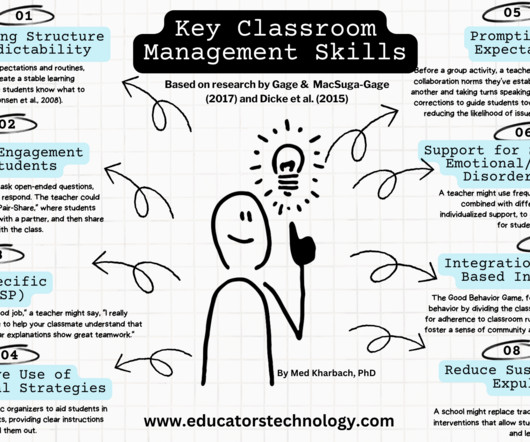Characteristics of The 21st Century Teachers
Educational Technology and Mobile Learning
JANUARY 3, 2024
because teaching is no longer an isolated profession; it’s a dynamic and interconnected field requiring teachers to work collaboratively and build expansive professional and personal learning networks. Networking, both in-person and online through social media, educational blogs, video conferences, and forums, plays a crucial role.
















Let's personalize your content